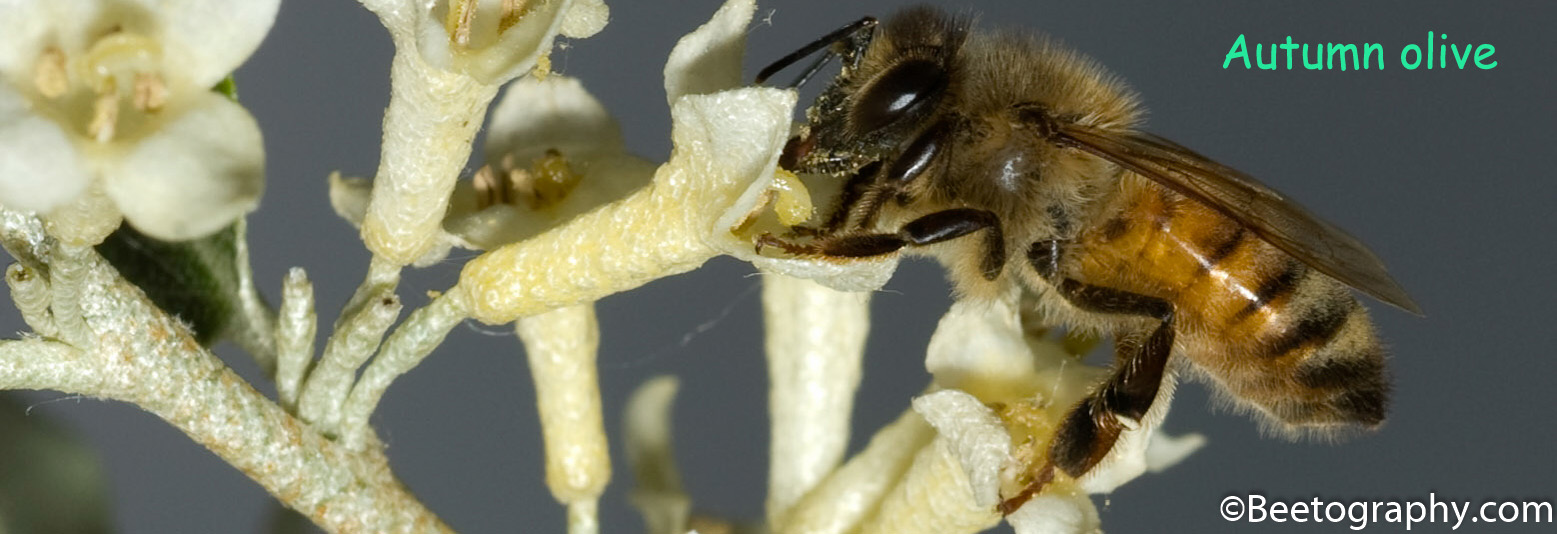Published Wednesday, June 29, 2005 1:07:11 PM Central Time
EAST LANSING, Mich. — Zachary Huang, Michigan State University (MSU) associate professor of entomology, has always been interested in bees, and it was while researching bees that Huang developed his interest in photography.
Huang’s 20-plus years of bee research and interest in how bees interact with one another led him to create a Web site, http://photo.bees.net/gallery, which includes more than 700 captioned and catalogued photos about honeybee biology. The Web site is a place where people can go to learn more about bees by viewing lifelike, close-up photos of bees taken by Huang.
“Some photos are step-by-step instructions on practices such as catching a swarm and installing packaged bees (bees bought in packages), with each step illustrated by a photo,” Huang says. “I also have photos on research procedures, such as how to obtain blood from bees and how to measure juvenile hormone levels in honeybees.”
Visitors can navigate the Web site for information and images on a variety of topics, including bee anatomy, bees on flowers, bees in the hive, beekeeping, bee research, and bee diseases and pests.
There are also photos of various types of bees — Asian, giant and dwarf honeybees, and stingless bees and bumblebees — where people can see for themselves the physical differences between the species.
Each image includes a caption describing the picture’s content.
Huang bought his first camera in 1983 but didn’t start photographing bees seriously until about 2000.
“Bees are photogenic, and each photo contains information about their biology and behavior,” he says.
Huang says he decided to create his Web site because people were frequently asking him detailed questions about bees. He found it easier to explain the answers to these questions by using photographs.
Huang’s bee photographs have been used as cover photos in scientific journals such as Proceedings of the National Academy of Sciences, the Journal of Experimental Biology and Genome Research. His photos have also been included in Science, Nature Reviews-Genetics and Current Biology.
Besides taking photos of bees for educational purposes, Huang also enjoys taking artistic photos of nature and bees. For a complete view of his artistic photos, visit www.beetography.com.
Huang’s primary Web page, http://cyberbee.msu.edu, receives about 350,000 hits per month and reaches about 100,000 computers around the globe each year. This Web site was named “Best Pick” by the NetWatch section of the journal Science in 2001.
Several of Huang’s research projects focus on developing means for controlling the Varroa mite, a parasite that invaded the United States from the eastern hemisphere in 1987 and has since nearly wiped out all native bee colonies in the United States and continues to threaten the country’s remaining 2.7 million commercial colonies. Huang invented the Spartan Mite Zapper, a chemical-free method of controlling Varroa mite, and developed a Web site to link beekeepers with farmers seeking pollination services. These research and outreach projects were funded by Project GREEEN (Generating Research and Extension to meet Environmental and Economic Needs), Michigan’s plant agriculture initiative at MSU.
[Eagle Herald]
